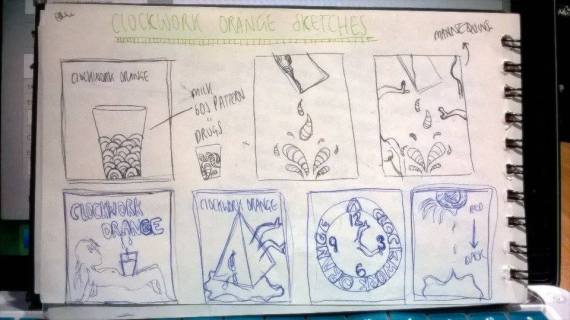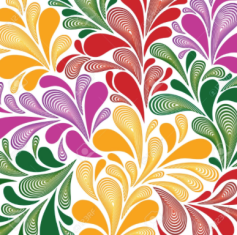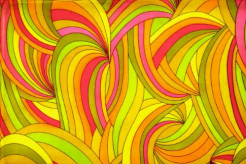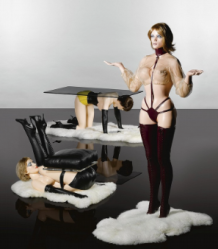A Clockwork Orange by Anthony Burgess
The daring and electrifying book that inspired one of the most notorious films ever made.
‘What we were after was lashings of ultraviolence’
In this nightmare vision of youth in revolt, fifteen-year-old Alex and his friends set out on a diabolical orgy of robbery, rape, torture and murder. Alex is jailed for his teenage delinquency and the State tries to reform him – but at what cost?
A dystopian horror, a black comedy, an exploration of choice, A Clockwork Orange is also a work of exuberant invention which created a new language for its characters.
‘Every generation should discover this book’ Time Out
‘Still delivers the shock of the new . . . a red streak of gleeful evil’ Martin Amis
A Clockwork Orange is as dazzling and inventive to new readers today as it was when it was first published half a century ago. The story is well known both in celluloid and print so it is essential to come at it from a fresh angle. Try to design a new cover for a new generation of readers, avoiding the obvious clichés. Originality is key.
Your cover design needs to include all the cover copy as supplied and be designed to the specified design template (B format, 198mm high x 129mm wide, spine width 10mm).
We are looking for a striking cover design that is well executed, has an imaginative concept and clearly places the book for its market. While all elements of the jacket need to work together as a cohesive whole, remember that the front cover must be effective on its own and be eye-catching within a crowded bookshop setting. It also needs to be able to work on screen for digital retailers such as Amazon.
Uni set brief:
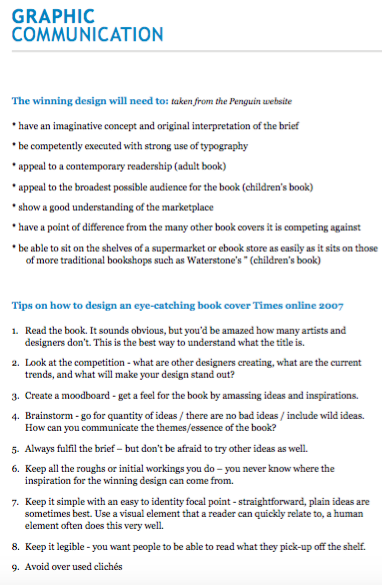
I thought that it would be useful for me to revisit the brief and have a more analytical look through as I have lost sight of the brief in previous projects from first and second year, so I want to keep looking at it throughout the project. I have highlighted words that stood out to me in terms of stylistic approaches, what the judges are looking for and the specific brief itself. Pulling out these important words will be useful to me when considering potential designs for ‘A Clockwork Orange’.







